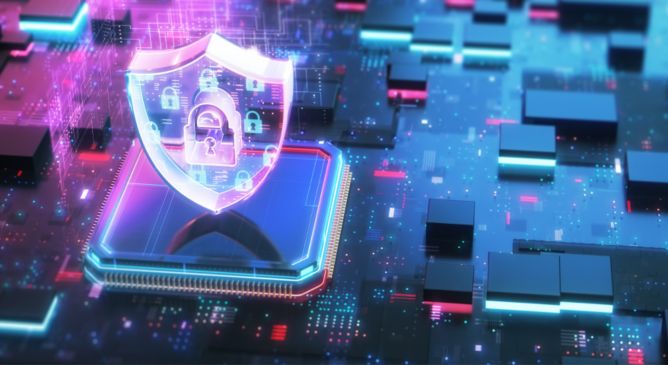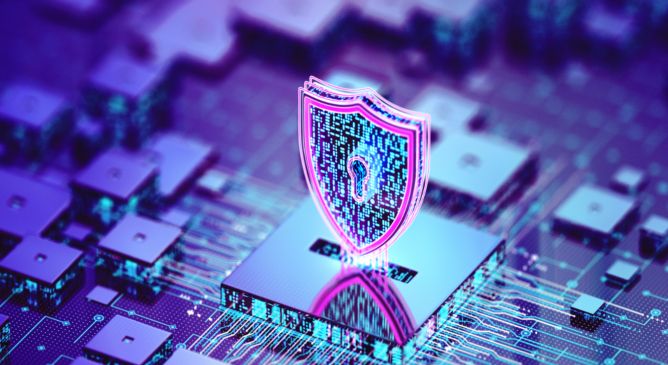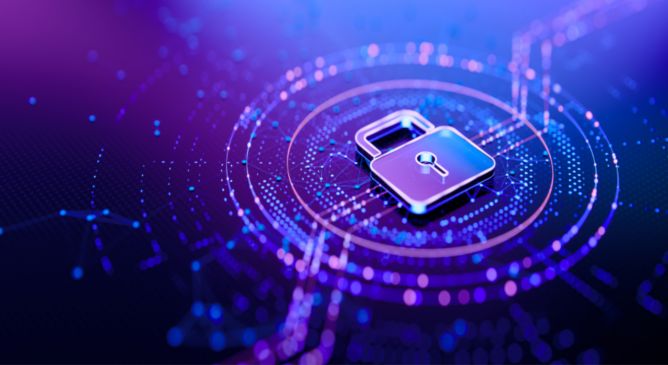

CrazyHunter Campaign Targets Taiwanese Critical Sectors
This blog entry details research on emerging ransomware group CrazyHunter, which has launched a sophisticated campaign aimed at Taiwan's essential services.

Trend Research identified Russian threat actor Water Gamayun exploiting CVE-2025-26633, a zero-day vulnerability in the Microsoft Management Console that attackers exploit to execute malicious code and exfiltrate data.


This blog entry details research on emerging ransomware group CrazyHunter, which has launched a sophisticated campaign aimed at Taiwan's essential services.


In today’s fast-paced digital world, cyber threats are constantly evolving. Attackers are leveraging advanced techniques and artificial intelligence (AI) to exploit vulnerabilities, leaving organizations vulnerable to breaches and disruptions. To combat these challenges, organizations must stay vigilant and implement more proactive cybersecurity measures. This is where our Cyber Risk Advisory service, powered by the Trend Vision One™ Cyber Risk Exposure Management (CREM) solution, step in to provide a strategic edge.


Trend Micro has become a Gold sponsor of the OWASP Top 10 for LLM and Gen AI Project, merging cybersecurity expertise with OWASP's collaborative efforts to address emerging AI security risks. This partnership underscores Trend Micro's unwavering commitment to advancing AI security, ensuring a secure foundation for the transformative power of AI.


In ZDI-23-1527 and ZDI-23-1528 we uncover two possible scenarios where attackers could have compromised the Microsoft PC Manager supply chain.


A controller linked to BPF backdoor can open a reverse shell, enabling deeper infiltration into compromised networks. Recent attacks have been observed targeting the telecommunications, finance, and retail sectors across South Korea, Hong Kong, Myanmar, Malaysia, and Egypt.


A previously disclosed vulnerability in NVIDIA Container Toolkit has an incomplete patch, which, if exploited, could put a wide range of AI infrastructure and sensitive data at risk.


Effective April 2025, Microsoft is launching their Azure vTAP and integrating it with Trend Vision One Network Detection and Response solution. This integration allows organizations to gain deep visibility into cloud network traffic without compromising performance. It ensures real-time detection, faster incident response, and an enhanced security posture while reducing operational complexity.


Organizations looking to implement CTEM don’t have to start from scratch. CREM can help you get there faster, with actionable insights, automated workflows, and continuous risk reduction.


From quantum leaps to AI factories, GTC 2025 proved one thing: the future runs on secure foundations.


International cooperation, reporting, and capacity building are critical to enhance cybersecurity defenses. Effective governance in an increasingly risky landscape requires visibility as well as coordinated vulnerability disclosure.